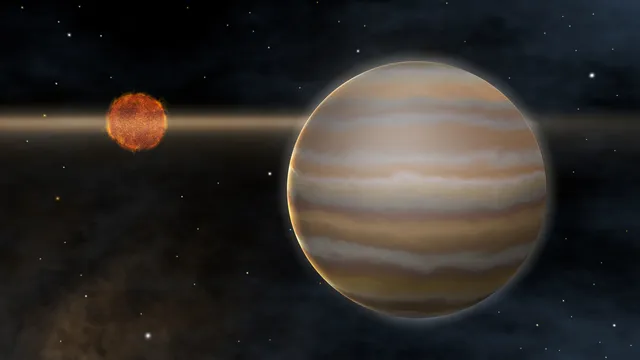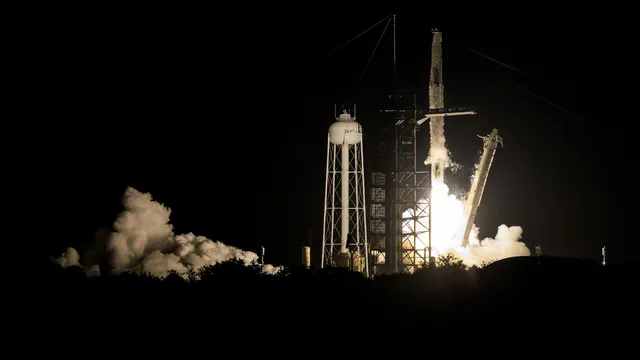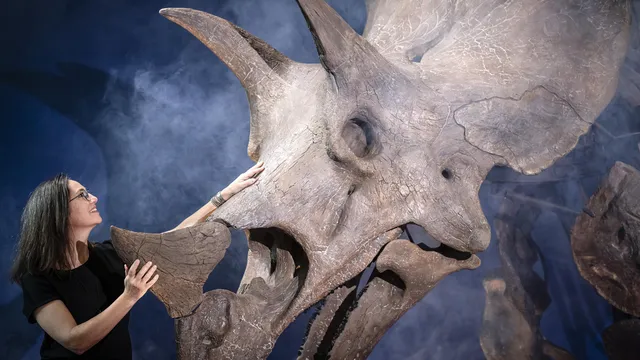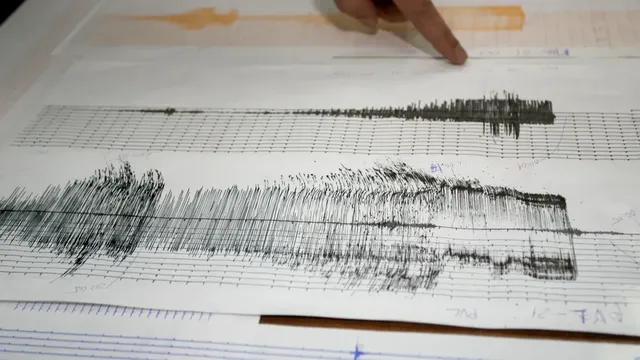Understanding Jupiter's early evolution helps shed light on the broader story of how our Solar System developed its unique structure. Jupiter's gravity, often referred to as the “architect” of our solar system, plays a crucial role in shaping the orbital trajectories of the other planets and sculpting the disk of gas and dust from which they formed.
In a new study published in the journal Nature Astronomy, Konstantin Batygin, professor of planetary science at Caltech, and Fred K. Adams, professor of physics and astronomy at the University of Michigan, present a detailed look at the early state of Jupiter.
Their calculations reveal that approximately 3.8 million years after the formation of the first solid bodies in the Solar System—a key moment when the disk of material around the Sun, known as the protoplanetary nebula, was dispersing—Jupiter was significantly larger and had an even more powerful magnetic field.
“Our ultimate goal is to understand where we come from, and determining the early stages of planet formation is essential to solving this puzzle. This brings us closer to understanding how not only Jupiter, but the entire Solar System, formed,” said Prof. Batygin.
He and Prof. Adams approached this question by studying Jupiter's small moons Amalthea and Thebe, which orbit even closer to Jupiter than Io, the smallest and closest of the planet's four large Galilean moons.
Since Amalthea and Thebe's orbits are slightly tilted, the two scientists analyzed these small orbital discrepancies to calculate Jupiter's original size: approximately twice its current radius, with a predicted volume equivalent to over 2,000 Earths. The researchers also determined that Jupiter's magnetic field at that time was approximately 50 times stronger than it is today.
Prof. Adams highlighted the remarkable imprint that the past has left on today's Solar System: “It's amazing that even after 4.5 billion years, there are enough traces left to allow us to reconstruct the physical state of Jupiter at the dawn of its existence.”
Importantly, these insights have been achieved through independent constraints that circumvent traditional uncertainties in planet formation models—which often rely on assumptions about gas opacity, accretion rates, or the mass of the heavy element core. Instead, the team focused on the orbital dynamics of Jupiter's moons and the conservation of the planet's angular momentum—quantities that are directly measurable.
Their analysis creates a clear picture of Jupiter at the moment when the solar nebula surrounding it had evaporated. This is a key transitional moment when the building materials for planet formation had disappeared and the primary architecture of the Solar System had been locked in.
The results add important details to existing theories of planet formation, which suggest that Jupiter and other giant planets around other stars formed through core accretion—a process in which a rocky and icy core rapidly accumulates gas.
These fundamental models have been developed over decades by many researchers, including Dave Stevenson of Caltech, Marvin L. Goldberger Professor of Planetary Sciences. This new study builds on that foundation, providing more accurate measurements of Jupiter's size, rotation speed, and magnetic conditions at an early, critical moment.
Prof. Batygin emphasized that while Jupiter's earliest moments remain shrouded in uncertainty, the current study significantly clarifies our understanding of critical stages in the planet's development.
“What we have established here is a valuable reference point. A point from which we can more confidently reconstruct the evolution of our solar system,” he said. | BGNES

 Breaking news
Breaking news
 Europe
Europe
 Bulgaria
Bulgaria







